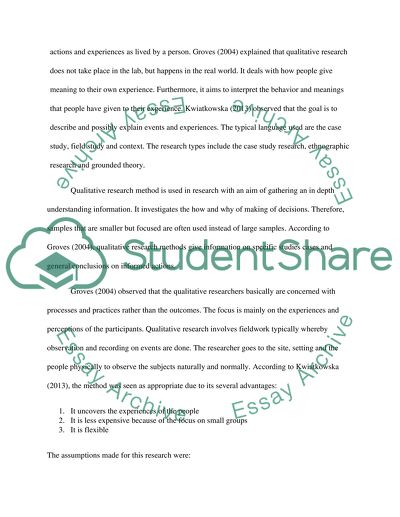Cite this document
(“Gile practices can be integrated into Waterfall yields business Thesis”, n.d.)
Retrieved de https://studentshare.org/information-technology/1402069-agile-practices-can-be-integrated-into-traditional
Retrieved de https://studentshare.org/information-technology/1402069-agile-practices-can-be-integrated-into-traditional
(Gile Practices Can Be Integrated into Waterfall Yields Business Thesis)
https://studentshare.org/information-technology/1402069-agile-practices-can-be-integrated-into-traditional.
https://studentshare.org/information-technology/1402069-agile-practices-can-be-integrated-into-traditional.
“Gile Practices Can Be Integrated into Waterfall Yields Business Thesis”, n.d. https://studentshare.org/information-technology/1402069-agile-practices-can-be-integrated-into-traditional.


